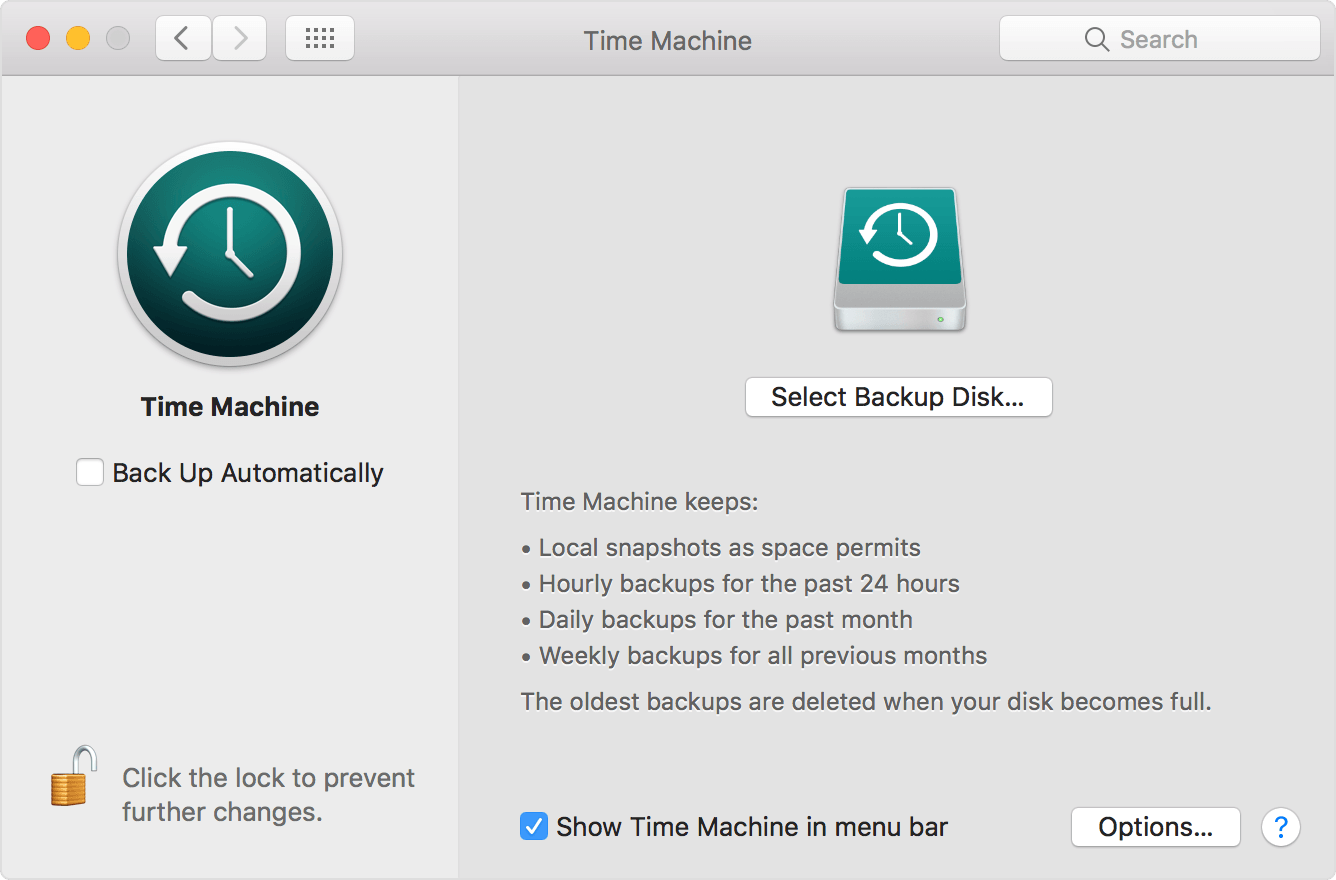The Power Mac G5 is a series of personal computers designed, manufactured, and sold by Apple Computer, Inc. From 2003 to 2006 as part of the Power Mac series. When introduced, it was the most powerful computer in Apple's Macintosh lineup, and was marketed by the company as the world's first 64-bit desktop computer. It was also the first desktop computer from Apple to use an anodized aluminum. If the output from verbose mode specifically stops at a line saying 'Still waiting for root device', you probably have a hard drive or USB drive issue. This may happen if your motherboard's BIOS or UEFI isn't set to AHCI mode; double-check this, just in case your BIOS/UEFI was accidentally reset recently.
| Reported by: | Owned by: | ||
|---|---|---|---|
| Component: | installer | Version: | VirtualBox 4.0.4 |
| Keywords: | Cc: | ||
| Guest type: | OSX Server | Host type: | Windows |
Description
Attachments
- VBox.log (75.6 KB) - added by wproxym8 years ago.
- virtualbox log
Change History
comment:2 Changed 9 years ago by grahamperrin

Changed 8 years ago by wproxym
- attachmentVBox.log added
comment:4follow-up:↓ 5 Changed 8 years ago by wproxym
comment:5 in reply to: ↑ 4 Changed 8 years ago by Hachiman
comment:6 Changed 7 years ago by frank
- Status changed from new to closed
- Resolution set to fixed
Well, I’ve searched high and low, on many different occasions, and over a long period of time with no good/working answer to this one. I have a MacBook Pro (so real Apple hardware) with Boot Camp (Windows 7) installed on it, and I have been trying to basically do what VMWare Fusion does in reverse, but with VirtualBox (i.e. run my Mac in a VM from Windows 7). It used to work just fine with Snow Leopard, but then Apple “updated” to Lion, and no more. I have read so many people suggesting KEXT fixes, SATA fixes, USB fixes, etc., etc. and NONE of them have worked for me. My understanding is that apparently the new OS X flavors now detect that the HD is “locked” somehow (by Windows I assume), and will not allow access to it, even though OS X is on a different partition. So no matter what I try, I cannot access my RAW Mac disk partition with Virtualbox and OS X at the moment.
Out of sheer frustration with not being able to run my native Mac in a Windows window the way I used to, I finally decided to install Mountain Lion (no, I have not “upgraded” to Mavericks yet) to a USB drive and run that in a Windows window via Virtualbox (and if you have to ask why on Earth I would want to run my Mac in a Windows window in a VM, you either should not be reading this or should go and reboot your Mac 100 times in succession and report back as to how fun that was). It installed and ran without a hitch … until today, when, for the first time, I re-fired up the Mac Virtual machine. Guess what I was so privileged to see? Yep! That good ol’ “still waiting for root device” message again. I just about burst a blood vessel!
Mac Os X Install Still Waiting For Root Device
Knowing what I had learned thus far, I thought, “hey, maybe because Windows had grabbed that drive (it had a drive letter), OS X can’t get at it, just like my internal HD”. So I first ejected it from Windows, which was pretty stupid, because then Virtualbox could not see the drive either. So I plugged it back in, and then simply told Virtualbox that it could have it exclusively via right-clicking on the USB devices icon and then clicking the checked line shown below in the photo (accessed via a right-click of the mouse on the icon, and then a left-click on the checked line (which will currently be unchecked)). Voila! My Mac VM booted! I have not read of this being the solution anywhere online, so I thought I’d post about it.
Unfortunately I don’t believe there is a similar way in Virtualbox to tell it that the RAW device partition that I have assigned to my Mac Virtualbox VM, can be exclusively for Virtualbox, as I believe that would also solve my internal HD Mac booting woes. So why/how did this work in Snow Leopard? I have no idea. Oh well, at least I have a work-around for the interim…
Mac Os X Still Waiting Forward
P.S. In order to make my mouse work, since “VirtualBox does not provide Guest Additions for Mac OS X at this time“, I had to do the same thing with the mouse and allow VB to have it exclusively (which made it really fun trying to get the mouse back into Windows – host key + “home” key, and then use the keyboard and select it again from the menu). Something else that was handy was increasing the Mac screen size in VB.
